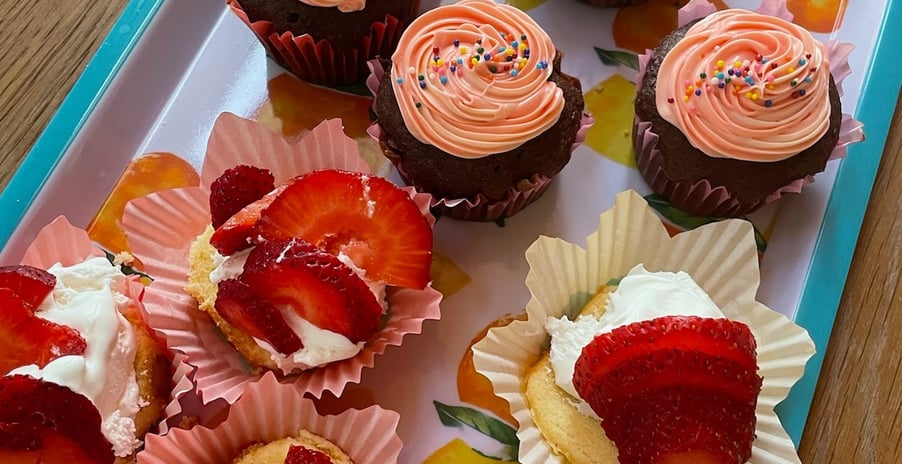“Think daddy would like the virgin mojito mocktail?” my eight-year-old asked, scrolling through drink recipes.
As a full-time teacher, I am off on summer break with my three young children. Oppressive Florida heat calls for indoor fun. Therefore, I try to create entertainment that doesn’t cost a museum entrance fee, movie ticket, etc.
What started as “let’s visit dad at work” turned into a delicious, educational activity (that took up two full days)!
We decided to plan a “fancy lunch.”
Last summer, we relocated from Connecticut, and I accepted a new teaching job in Florida, taking a $40,000 pay cut. This decrease in salary forced me to take a hard look in the mirror to reflect deeply on my spending habits and behaviors. Realizing that I had to make some changes innately made me become a better role model to my children regarding money behavior.
Since this move, the topic of “budgeting” and “needs v. wants” frequently enters conversations with my kids.
When we sat at the kitchen table to plan, my eight-year-old asked how we could keep the cost down “but still be fancy.”
As stated by a financial counselor in a LifeKit podcast on NPR, “A healthy money mindset in the household starts by making a team effort,” she said.
I challenged them to plan a party for $10. They knew this meant about eight items at Dollar tree. Together, we made a list of everything that makes a party fancy. Then, we reviewed the list and crossed out what we “wanted” but did not “need.” We were sad to see the centerpiece vase with fake flowers crossed off.
For $10, we purchased to-go containers, plastic cups, utensils, napkins, plates, matching tablecloth and serving tray, and a punchbowl.
When we were at the Dollar Tree, we were there for a purpose. This trip, we were not distracted by the tempting toy or candy aisle. We were on a focused mission. The kids used our list like a treasure map--having a lot of fun locating the items on our “needs” list. After much debate and compromise, we settled on “yellow” and “lemon” themed décor.
We also went to the grocery store, and the same thing happened. We used our list as a guide and did not get distracted by other snacks they “wanted.”
We picked items that were on sale and noticed the cost below each item.
When we got home, we got right to work with prep. My 8-year-old rolled the utensils into napkins and tied them off with ribbon. My 6-year-old watched a Youtube video on “how to draw a watermelon” and drew a watermelon and “enjoy” on each to go container. My 3 year-old made her usual amount of messes.
We hid all the party planning items before their dad got home from work and went to bed super excited for the next day.
Day of the party the kiddos were ready to start cooking lunch at 7am. I made a “to-do” list and we decided which were mommy tasks and which ones they each could do.
With Meghan Trainor's "I'm Better When I'm Dancing" blasting in the background, we were our own little focused factory, each with our specific tasks.
These two days were more than just cooking with my children and teaching them how to make healthy choices and follow a recipe and learn new kitchen tools. This was a team effort, working towards a specific task.
These two days really reinforced the concept of budgeting and planning and to appreciate the “fancy” things—even if it's just a dollar tree tablecloth.
Filled with gratitude, my kids were eager to tell my husband about all the choices we made for our fancy lunch.
Since this activity, my kids have noticed smaller things related to price. They notice the costs at gas stations, they notice “BOGOs” at Publix. When my three-year-old asked for ice cream at the zoo last week, my 8-year-old reminder her that we should get vanilla cones at McDonalds instead.


